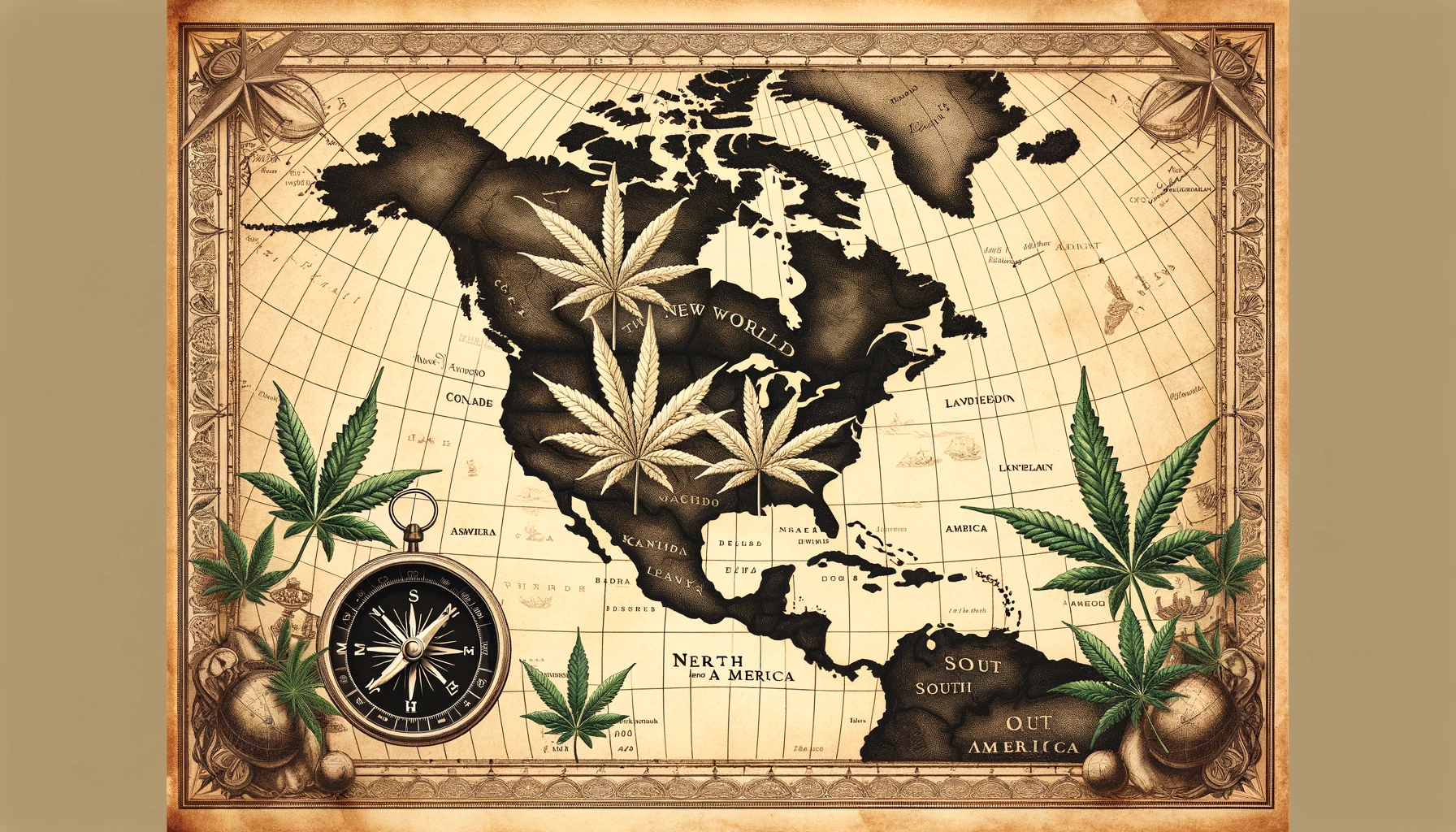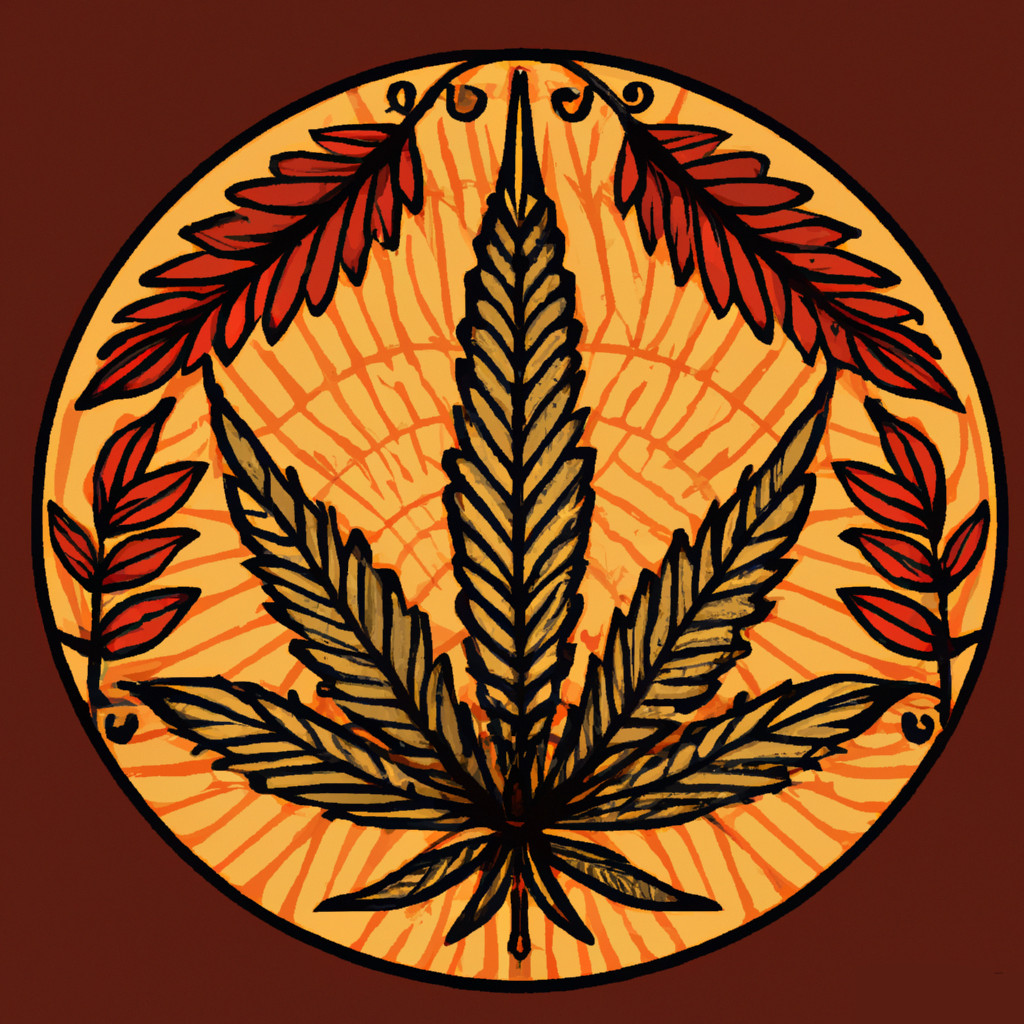
The history of cannabis in the New World, spanning from 1492 to 1937, is a fascinating journey through cultural, economic, and legal landscapes. This story begins with the arrival of European explorers and spans several centuries, encompassing the plant’s various uses, social perceptions, and legislative changes.
The Arrival of Cannabis in the New World (1492 – 1600s)
The introduction of cannabis to the New World is closely tied to European exploration and colonization. In 1492, Christopher Columbus, along with other explorers, brought hemp seeds to the Americas, primarily for their utility in making ropes, sails, and other maritime equipment. The robustness of hemp made it an essential crop for colonists and explorers.
During the 1600s, cannabis cultivation became more widespread. European settlers in North America began growing hemp on a large scale, recognizing its value as a cash crop. Hemp was not only used in maritime activities but also started finding its way into textiles, paper, and even as a legal tender in some regions.
Cannabis in Colonial America (17th Century – 18th Century)
By the 17th century, cannabis was an established crop in several North American colonies. Laws in Virginia, Massachusetts, and Connecticut mandated farmers to grow hemp. These laws reflected the importance of hemp in creating materials necessary for both everyday life and colonial expansion.
In addition to its industrial uses, there is evidence to suggest that early Americans were aware of the psychoactive properties of cannabis, although its recreational use during this period was likely minimal. The primary focus remained on hemp for its fiber.
The 19th Century: Increased Interest and Use
The 1800s marked a significant shift in the perception and use of cannabis. With the advent of more sophisticated medical understanding and practices, cannabis began to be recognized for its medicinal properties. It was used to treat various ailments like chronic pain, digestive disorders, and even mental health issues.
By the mid-19th century, cannabis extracts were commonly sold in pharmacies across the United States. The recreational use of cannabis was also beginning to emerge, although it was not as widespread as its medicinal use.
Early 20th Century: The Path to Prohibition
The early 20th century brought about a significant change in the way cannabis was perceived in society. The Mexican Revolution of 1910 saw a wave of Mexican immigrants entering the United States, bringing with them the practice of smoking marijuana recreationally. This introduced American society to a new form of cannabis consumption, different from the medicinal tinctures and extracts prevalent until then.
However, the increasing recreational use of cannabis began to raise concerns, particularly among lawmakers and moral crusaders. The association of cannabis with Mexican immigrants led to racial and anti-immigrant sentiments, which played a significant role in shaping the public perception of cannabis.
The 1930s: The Marijuana Tax Act
The culmination of these changing attitudes towards cannabis came in 1930 with the establishment of the Federal Bureau of Narcotics, headed by Harry J. Anslinger. Anslinger played a pivotal role in demonizing cannabis, associating its use with crime, moral decay, and societal ills.
In 1937, the United States Congress passed the Marijuana Tax Act, effectively criminalizing marijuana. This Act imposed strict regulations and taxes on the cultivation, sale, and possession of cannabis, marking the beginning of the end of legal cannabis in the United States for several decades.
Conclusion
The history of cannabis in the New World from 1492 to 1937 is a tale of transformation. From a valuable crop essential for the colonial expansion to a demonized substance associated with criminality, the perception of cannabis underwent a dramatic shift. This period laid the foundation for the complex relationship between society, law, and cannabis that continues to evolve today.




